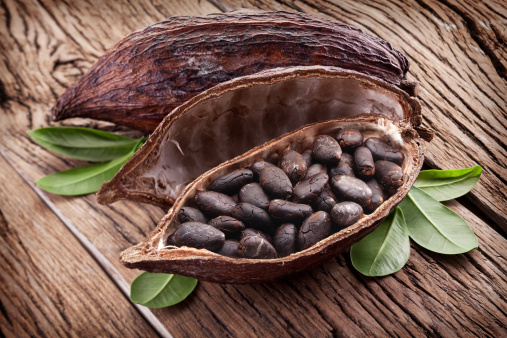The bean-to-bar movement is changing how chocolate is made.
By Rieva Lesonsky
Who doesn’t love chocolate? For years entrepreneurs have taken advantage of America’s love of chocolate (last year chocolate sales totaled nearly $18 billion in the U.S. alone) by feeding our constant craving. But in the 21st century the (chocolate) bar has been raised. Consumers are demanding artisanal chocolate, uniquely sourced and flavored.
This is part of what’s called the bean-to-bar movement, meaning, says The Los Angeles Times, you’re “either sourcing cocoa directly from farmers or buying it from specialty importers.” And according to the Fine Chocolate Industry Association, the number of chocolate entrepreneurs who’ve embraced the bean-to-bar movement now numbers about 60, a tenfold increase in 10 years.
True, that’s not exactly a groundswell, but The Times says there are plenty of people “buying beans and creating exotic chocolate in [their] home kitchens.” The president of the Fine Chocolate Industry Association told the newspaper that bean-to-bar is based on the “idea we could go back to the 1700s and make chocolate…like they were making it before the Industrial Revolution.”
The newfound popularity of bean-to-bar is part of the overall artisanal food movement. Bean-to-bar, says The Times, “tends to have just two ingredients: chocolate and sugar,” rather than the traditional chocolate we’re used to, which is likely made “with cocoa beans pooled together from various countries and mixed with dairy, emulsifiers and preservatives.”
There’s a lot more to this, including a socially responsible component and a fight to preserve the purity of chocolate. The article is worth reading.
Rieva Lesonsky is CEO of GrowBiz Media, a media and custom content company focusing on small business and entrepreneurship. Email Rieva at rieva@smallbizdaily.com, follow her on Google+ and Twitter.com/Rieva.







